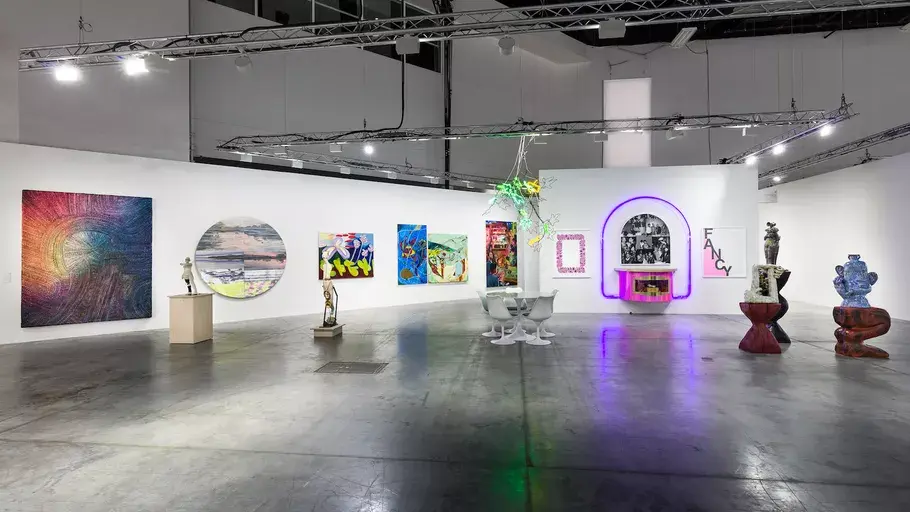The Healing Canvas: How Art Becomes a Powerful Form of Therapy and Healing
- Artify Magazine

- Jun 15
- 3 min read
Updated: Jun 28
In a world saturated with screens, schedules, and emotional noise, many people are rediscovering a timeless truth: art heals. Whether through painting, sculpting, drawing, dancing, or even just doodling, the act of creating can serve as a powerful balm for emotional wounds, trauma, and stress. Art therapy, once a fringe discipline, is now being embraced by mental health professionals, educators, and artists alike as a vital tool for healing and self-discovery.

The Science Behind the Stroke
Modern psychology increasingly supports what ancient cultures have always known: creative expression can be transformative. When we create art, we engage parts of the brain that language cannot always reach. According to studies, artistic activities can activate the brain's reward pathways, lower cortisol levels (the stress hormone), and even increase serotonin production. In essence, art has the power to rewire our internal circuitry, promoting balance and resilience.
A Voice Beyond Words
One of the most profound benefits of art as therapy is its ability to give voice to the voiceless. For those suffering from PTSD, anxiety, depression, or grief, talking about pain may feel impossible. Art offers an alternative route. Through shapes, colors, and movement, people can express what cannot be spoken—offering release, understanding, and even a sense of closure.
Take, for example, a child who has experienced trauma. Through drawing, they might depict feelings and scenes they are too afraid to verbalize. A therapist, guided by sensitivity and training, can then use that artwork as a bridge to conversation and healing. Adults, too, can benefit—especially when trauma is locked away in the subconscious.

The Act of Creating Is Itself Therapeutic
Beyond symbolism and meaning, the sheer act of making something—of losing oneself in flow—can be deeply healing. Painting a canvas or molding clay allows us to be present, silencing the inner critic and encouraging mindfulness. Each brushstroke becomes a form of meditation, helping us re-center and reconnect to ourselves.
This sense of “flow” is more than a buzzword. It’s a psychological state where time melts away, worries fade, and the brain finds calm. Many who experience this regularly describe it as euphoric, grounding, or even spiritual.
Art Therapy in Practice
Certified art therapists guide individuals through tailored creative processes, often integrating talk therapy with artistic exercises. These sessions can help clients:
Process trauma and grief
Improve self-esteem and identity
Reduce anxiety and depression
Build emotional regulation and awareness
Art therapy is used in hospitals, schools, rehabilitation centers, prisons, and private practices. From veterans recovering from combat trauma to patients undergoing cancer treatment, people from all walks of life are turning to art to make sense of the seemingly senseless.

Art as a Daily Healing Ritual
You don’t have to be in therapy—or even consider yourself an artist—to benefit from art. Keeping a visual journal, painting while listening to music, or simply playing with colors can provide emotional release. There’s no right or wrong. The act itself is enough.
Start with a blank page. Let your feelings guide your hand. What you create may surprise you. What it reveals may even transform you.
Final Thoughts: Art is the Soul’s Medicine
Art reconnects us to something ancient and primal. It invites us to listen to our inner world, to express without judgment, and to heal through beauty and imagination. In a world that often urges us to suppress our pain or rush through our feelings, art offers a sacred pause—a return to self.
So the next time your heart is heavy or your mind is cluttered, pick up a pencil, a paintbrush, or a piece of clay. Let your hands speak what words cannot. You may just find that the canvas holds more than color, it holds the power to heal.



Beautiful article!